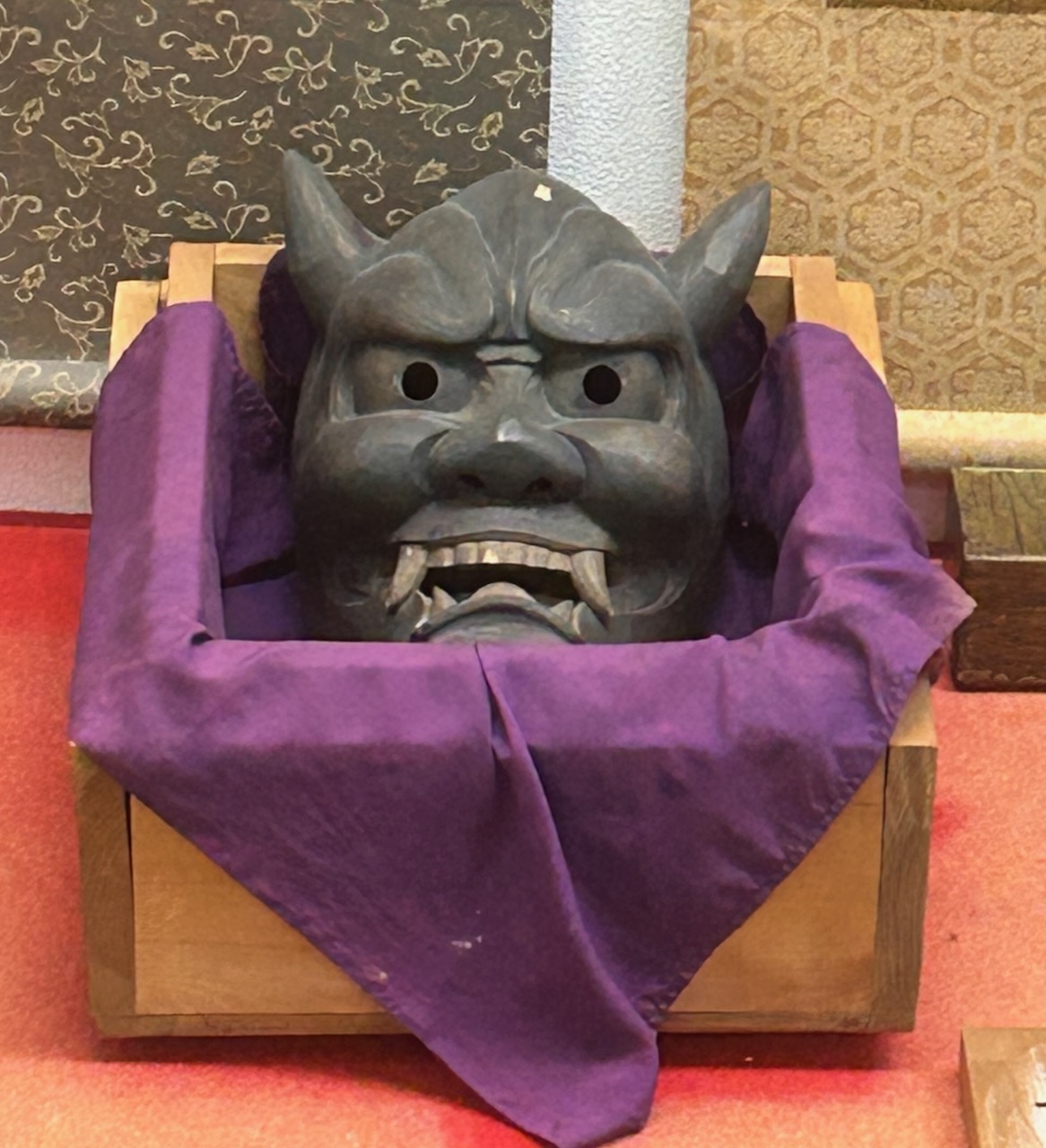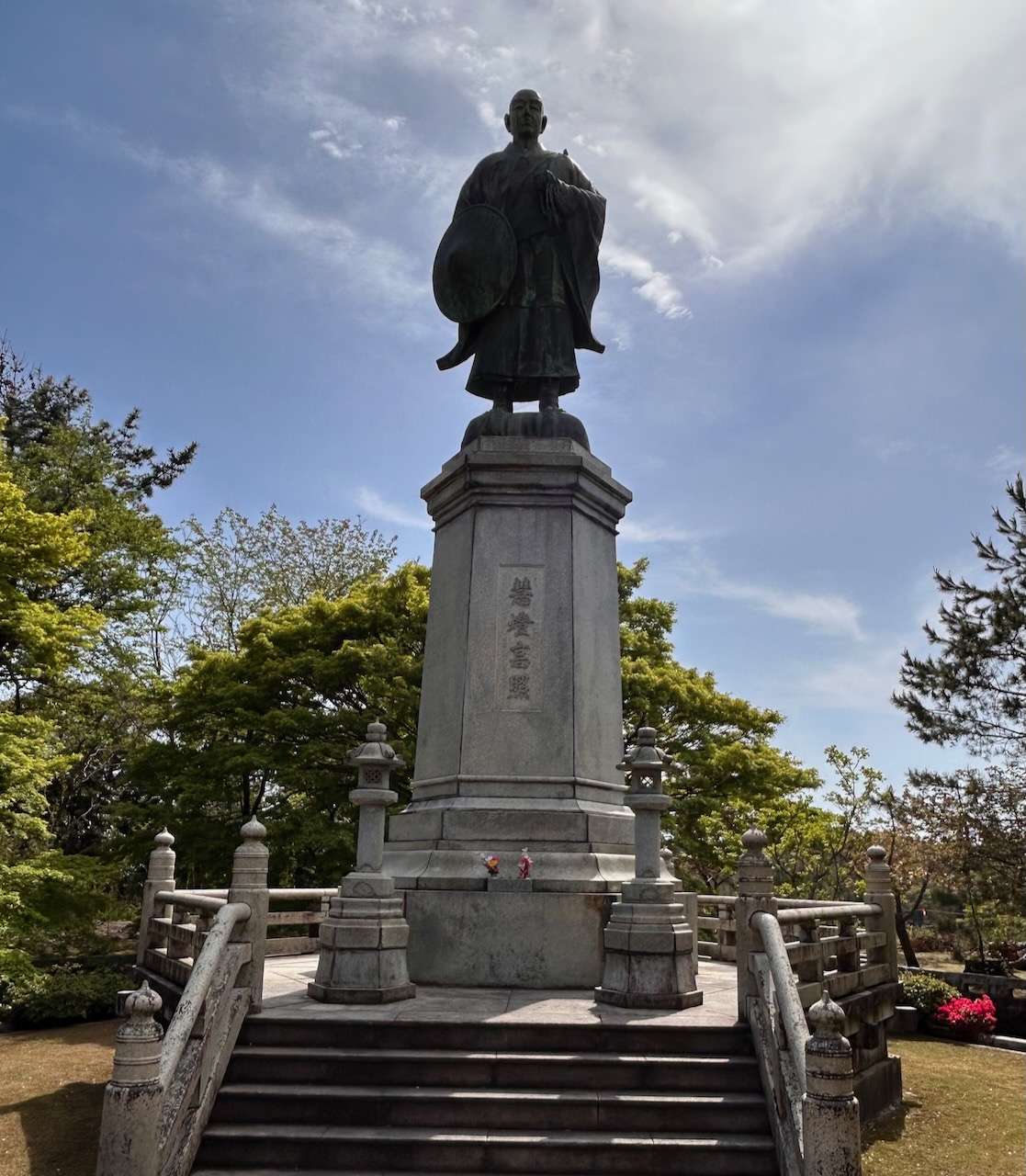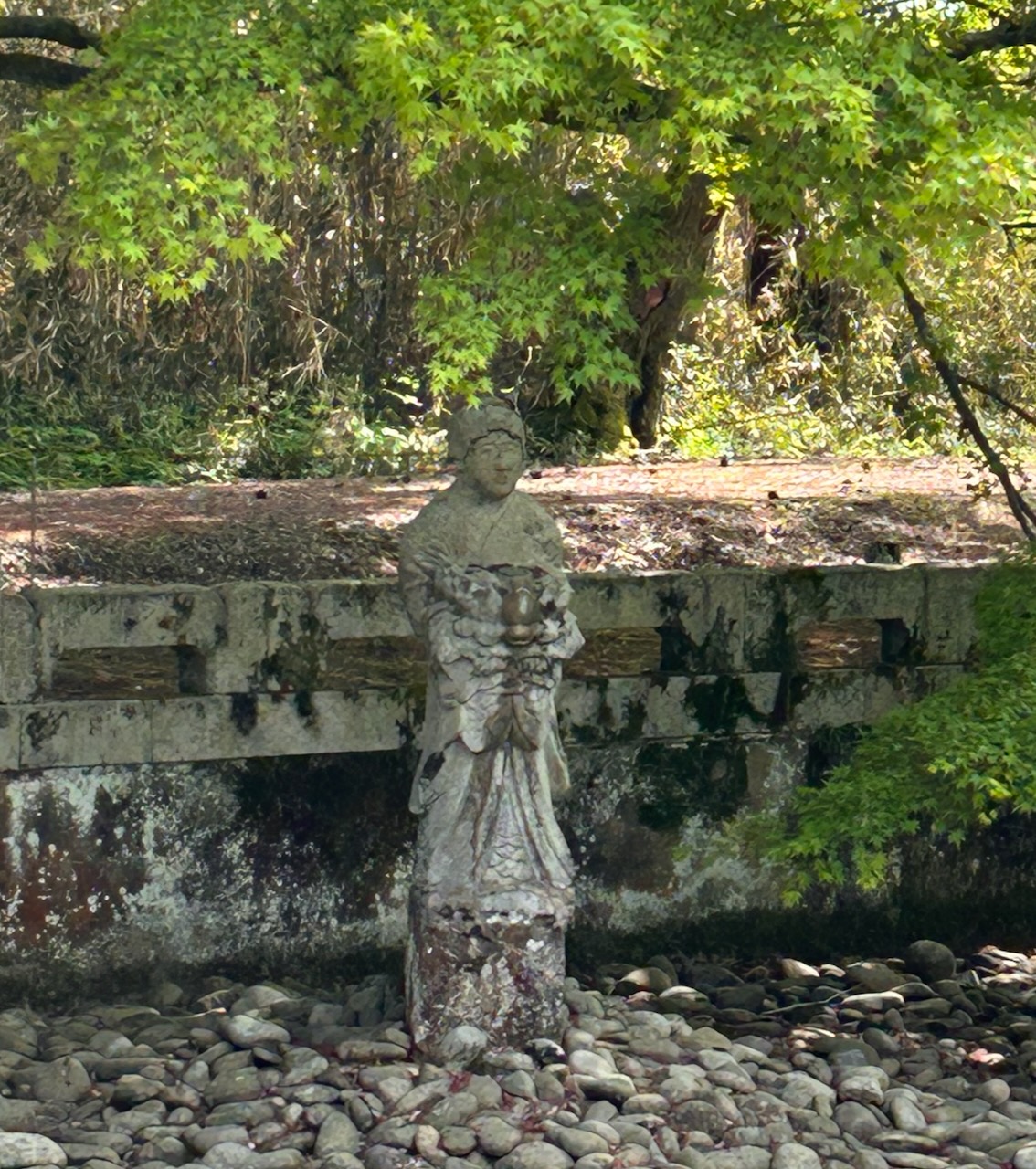
By Rev. Ken Yamada
When visiting Japan last Spring for the 800th Anniversary of Jodo Shinshu Buddhism’s founding and Shinran Shonin’s 850th Birthday, our tour group traveled to an historic site on the Japan Sea coast made famous by Rennyo Shonin.
Considered the “Second Founder of Jodo Shinshu,” Rennyo revitalized the Honganji temple and sangha, attracting legions of followers. In Yoshizaki (present-day Fukui Prefecture), he built a temple atop a hill that quickly became a lively and important religious and social hub of activity.
A large part of Rennyo’s appeal was his focus on women. Not only did they face discrimination in male dominated society, women also faced a kind of spiritual discrimination. Viewed as weak and vulnerable, ancient Buddhist teachings spoke of the near impossibility of their religious salvation.
On the contrary, Rennyo taught that women were especially beneficiaries of the Buddha’s compassion. By listening to the dharma, all women may awaken to Truth. Rennyo wrote many letters addressing the concerns of women, affected by his past experiences, such as his separation from his mother as a child, and the death of his wives and daughters. Consequently, women flocked to the sangha.
Many of those letters were written in Yoshizaki. There, Rennyo organized plays and brought in performers as innovative ways to propagate the Buddhist teachings. A famous play associated with this time is called “The Devil Mask of Daughter-in-Law Intimidation.” It’s been performed at Jodo Shinshu services and has become part of Yoshizaki folklore.
The version and analysis of the story below is taken from Otani University professor Shin’ya Yasutomi’s essay, “The Tale of the Flesh-Adhering Mask,” in the book, “Rennyo and the Roots of Modern Japanese Buddhism,” edited by Yasutomi and Mark L. Blum.
The story in short goes like this:
A defeated samurai and his family took up farming in a nearby village. Illness struck, taking his life and those of his two sons. Left behind were his mother and his wife Kiyo.
Life was difficult for the two women. Kiyo came to accept her harsh life, yet yearned to journey to the Pure Land to ultimately escape suffering. On the anniversary of her husband’s death, she visited Yoshizaki and heard Rennyo’s teachings. She attained deep faith and thereafter frequently visited the temple.
However, her mother-in-law was a misguided person filled with resentment and greed. She made life hard for Kiyo by filling her days with chores and punishments. Kiyo reacted by merely going to Yoshizaki at night.
The old woman concocted a plan. She retrieved her family’s old Devil mask, which she would use to scare Kiyo and stop her from going to the temple. Dressing in a plain white kimono, she put on the mask, went to a dark valley pass, hid behind some bushes, and waited for her daughter-in-law. Soon Kiyo unwittingly approached.
The disguised devil leaped out, frightening Kiyo, the hair on her skin standing straight up. But soon, Kiyo calmed down and she recited:
If you are going to eat me, then eat. If you are going to drink my blood, then drink. But faith in the diamondlike Other-Power will never be consumed.
Then, reciting “Namu Amida Butsu,” she continued on her way.
The old woman hurried back home and tried to take off the mask, but it was stuck. The more she pulled, the more it felt she was pulling her own skin. What would she say to Kiyo? She began feeling ashamed. Her hands and feet became numb. She couldn’t move.
Kiyo returned home and was startled to see the same devil slumped in a dark corner. Suddenly, she heard her mother-in-law’s voice, letting out a scream. “I am so ashamed,” she cried, and confessed all she had felt, her jealously, her resentment, and how she tried to scare her.
Feeling for her mother-in-law, Kiyo also began to cry. She told her that Rennyo said regardless of how good or bad someone was, anyone who sincerely asked Amida for help and recited nenbutsu would become a buddha. Touched by such compassionate words mixed with Kiyo’s tears and her own shame, for the first time in her life, the old woman recited, “Namu Amida Butsu.”
Amazing as it may sound, when she recited these words, the Devil mask suddenly fell off. The old woman became a person of self-reflection. After that, the mother and her daughter-in-law together made a pilgrimage to Yoshizaki and listened to the Buddhist teachings from Rennyo.
Thus goes the tale. This story was recorded on a woodblock print, which states the mask was given to Rennyo and was bestowed to the temple.
What’s important to note is how this story is interpreted. At first glance, it appears the words “Namu Amida Butsu” are a magical incantation that released the mask. However, this story symbolizes the essence of Rennyo’s teachings and Jodo Shinshu and must be interpreted differently.
First, this story reflects the struggles of two women left alone to fend for themselves. Grieving the deaths of loved ones and feeling ill-fated, they struggled to survive. Kiyo finds solace in Rennyo’s teaching of the nenbutsu. However, the mother-in-law becomes spiteful and jealous, ever more so in seeing Kiyo living peacefully.
The devil mask reflects the mother’s state of mind—the horns representing resentment, the fierce eyes showing anger, and sharp teeth symbolizing hurtful words. Only after the mother realized she was an evil person, confessed her true nature, and took refuge in nenbutsu by saying “Namu Amida Butsu,” did the mask fall off.
In his Koso Wasan hymn, Shinran Shonin wrote:
Obstructions of karmic evil turn into virtues;
It is like the relation of ice and water:
The more the ice, the more the water;
The more the obstructions, the more the virtues.
In the Tannisho, Shinran says:
Even a virtuous person can attain rebirth in the Pure Land, how much more easily a wicked person!

At Yoshizaki today, there’s a big statue of Rennyo at the site where the temple was once located. Off to the side grows a tree, and under the shade of that tree stands a small statue of a woman with a fishlike body. We were told the woman was a prostitute who was listening to Rennyo’s teachings, symbolizing how women and outcasts of society are especially embraced by the Buddha dharma.

The Tale of the Devil Mask is found in many forms and has been performed as a Nō play. It’s uncertain if Rennyo actually told the story and the authenticity of the Higashi Honganji’s mask is dubious. Nishi Honganji has its own version of the mask.
Whatever the case, the story holds deep religious meaning and conveys the teachings of Shin Buddhism in a compelling and entertaining way, which reflects Rennyo’s style of engaging followers and propagating Jodo Shinshu. The message is clear—realize one’s ignorance and evil mind, lead a life of self-reflection, and take refuge in the Nenbutsu.
-Rev. Yamada is editor at Higashi Honganji’s Shinshu Center of America

